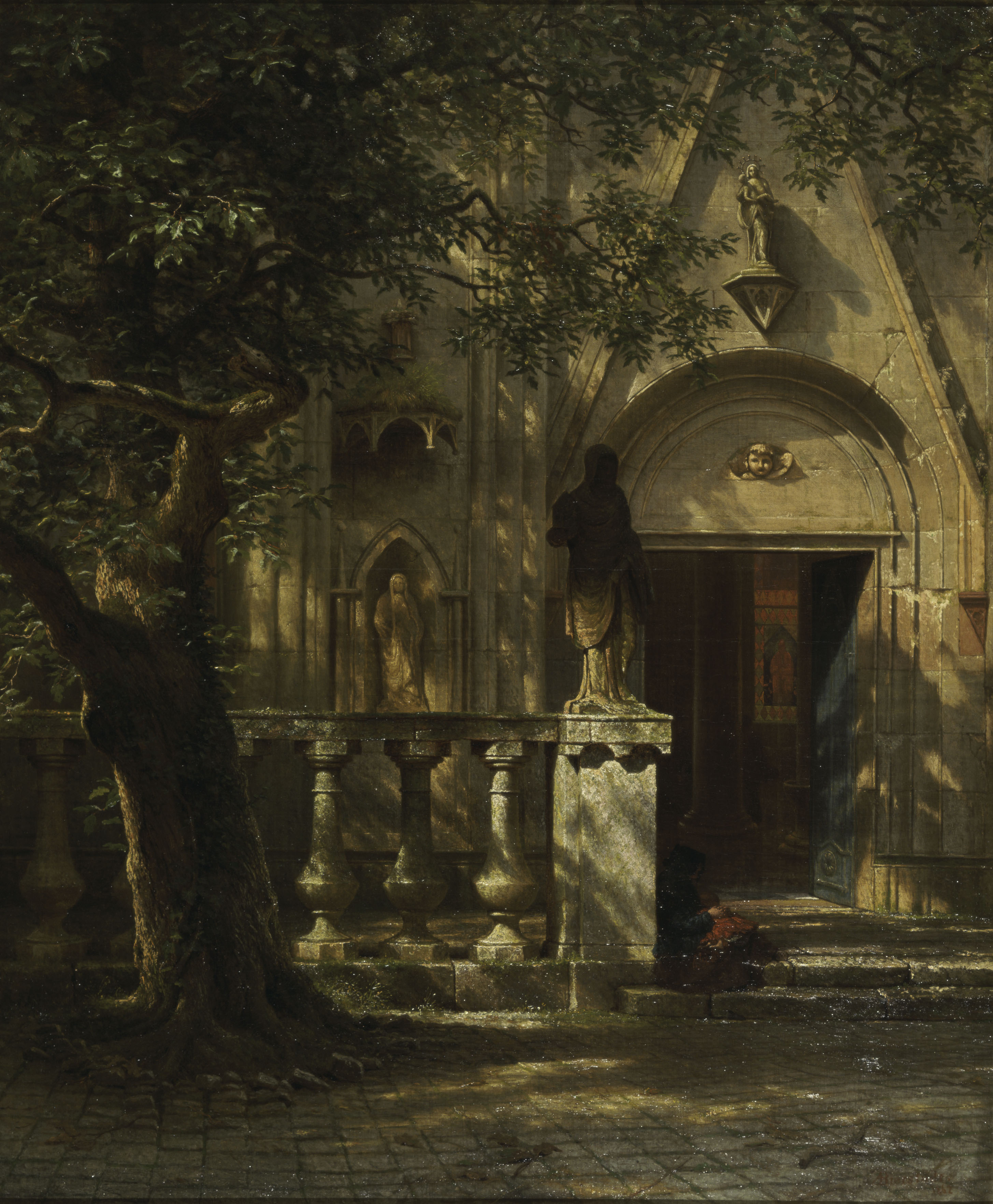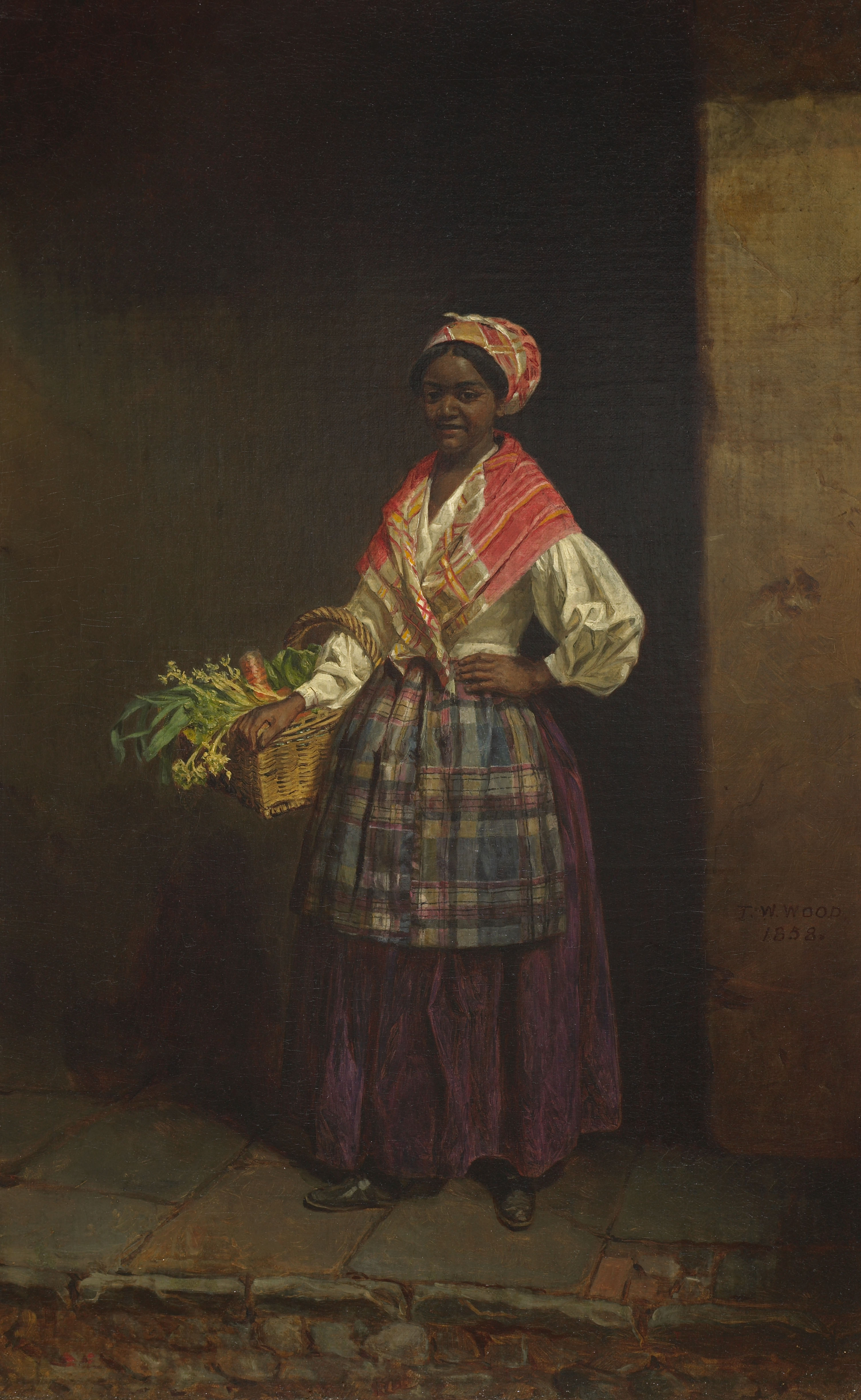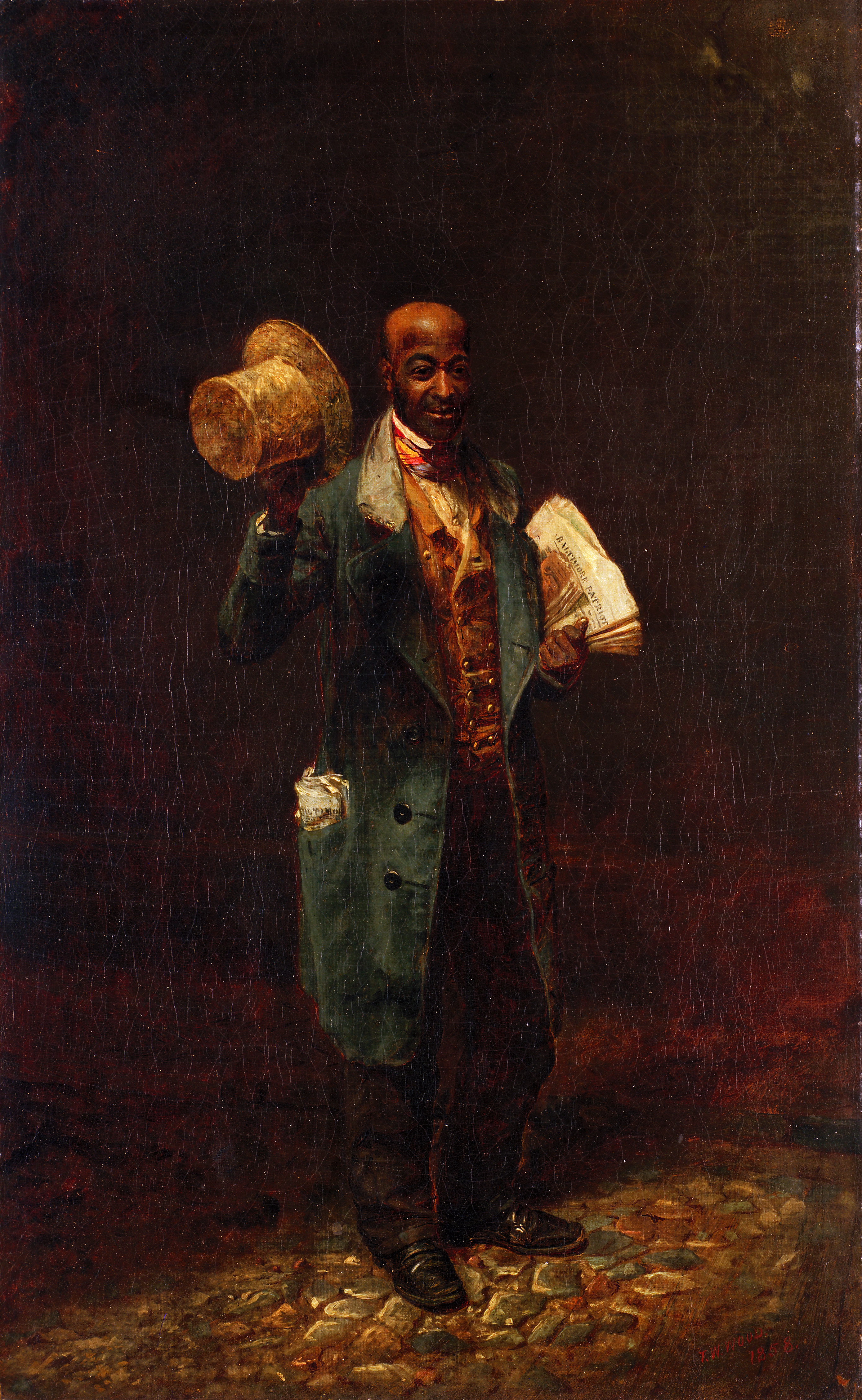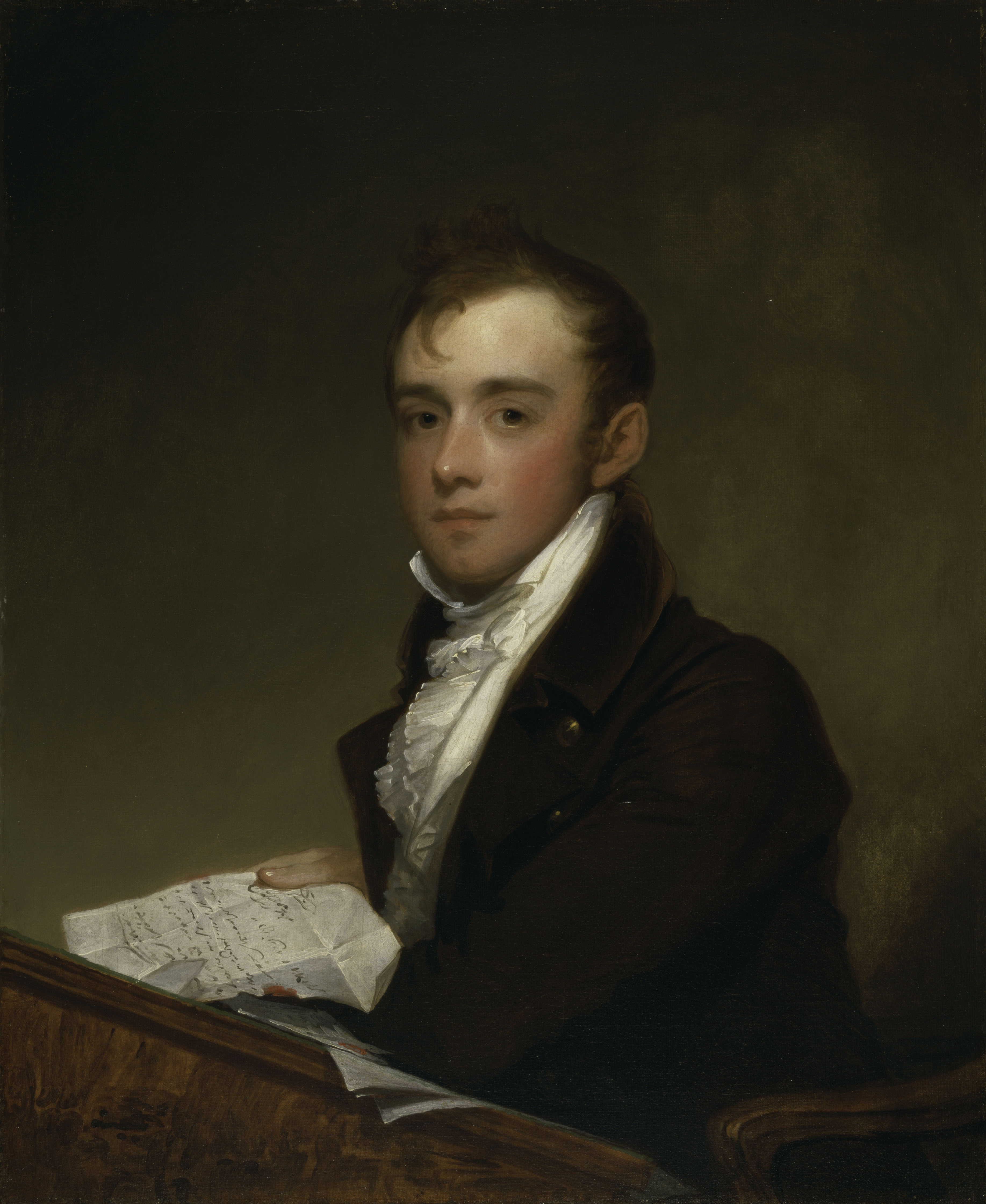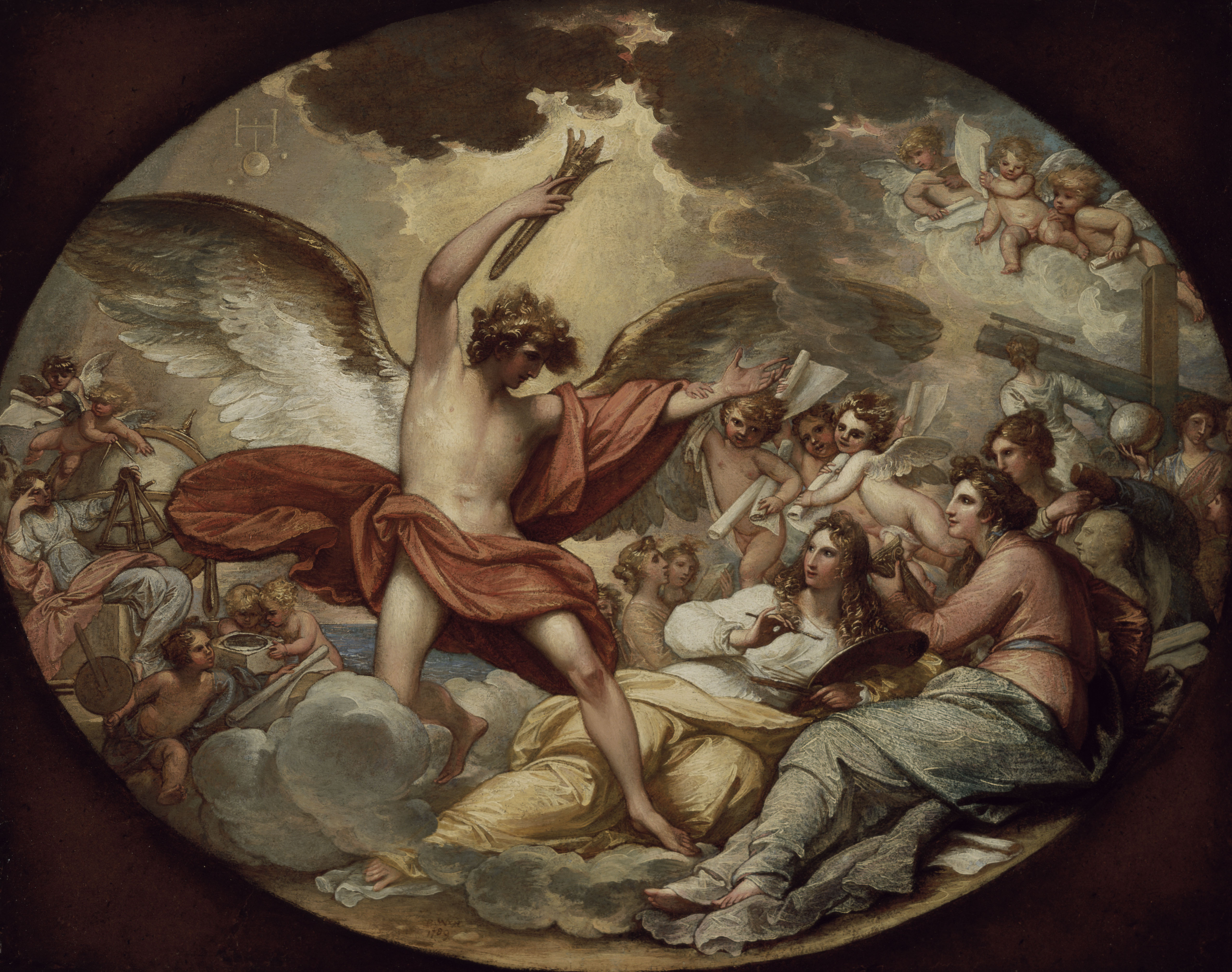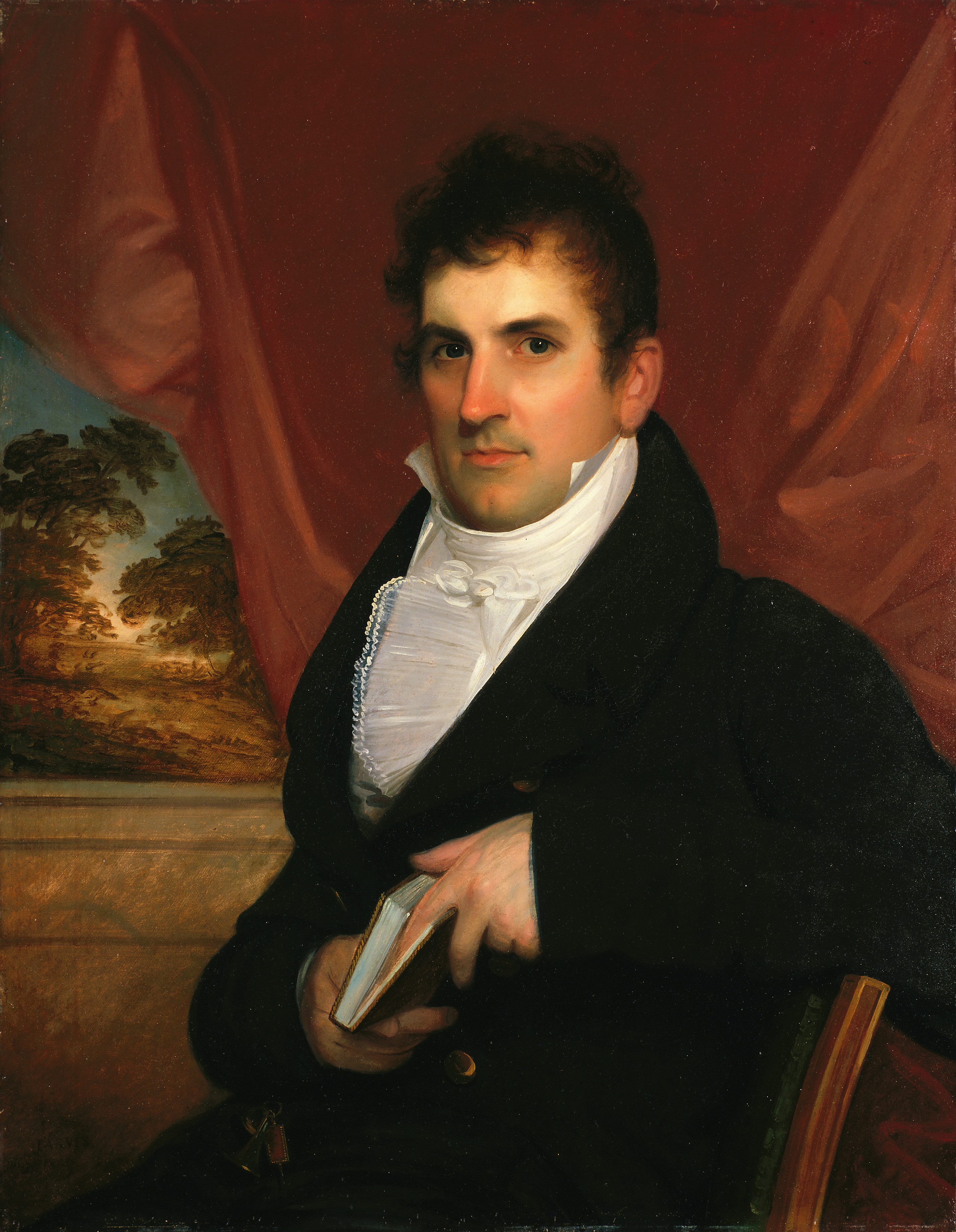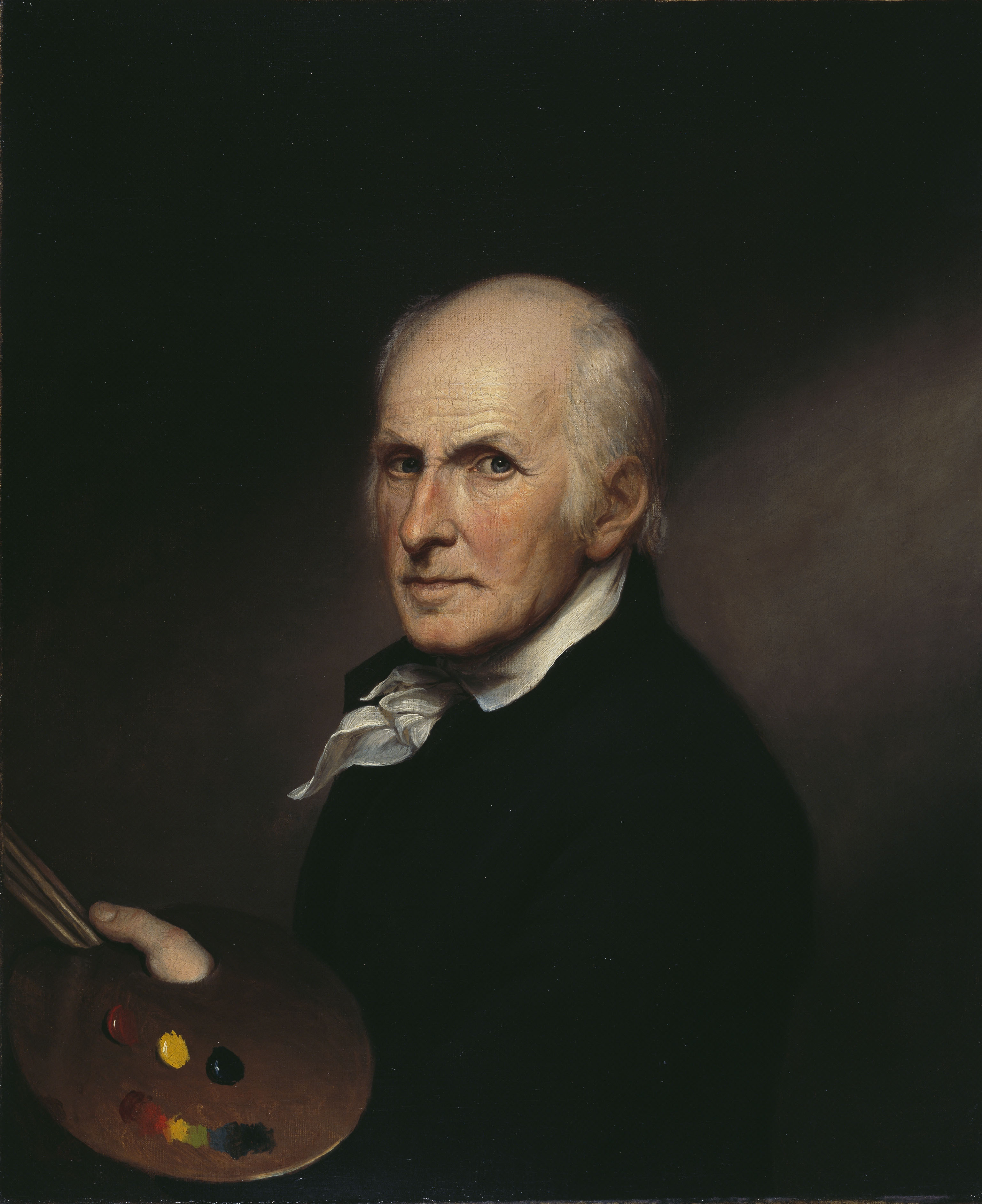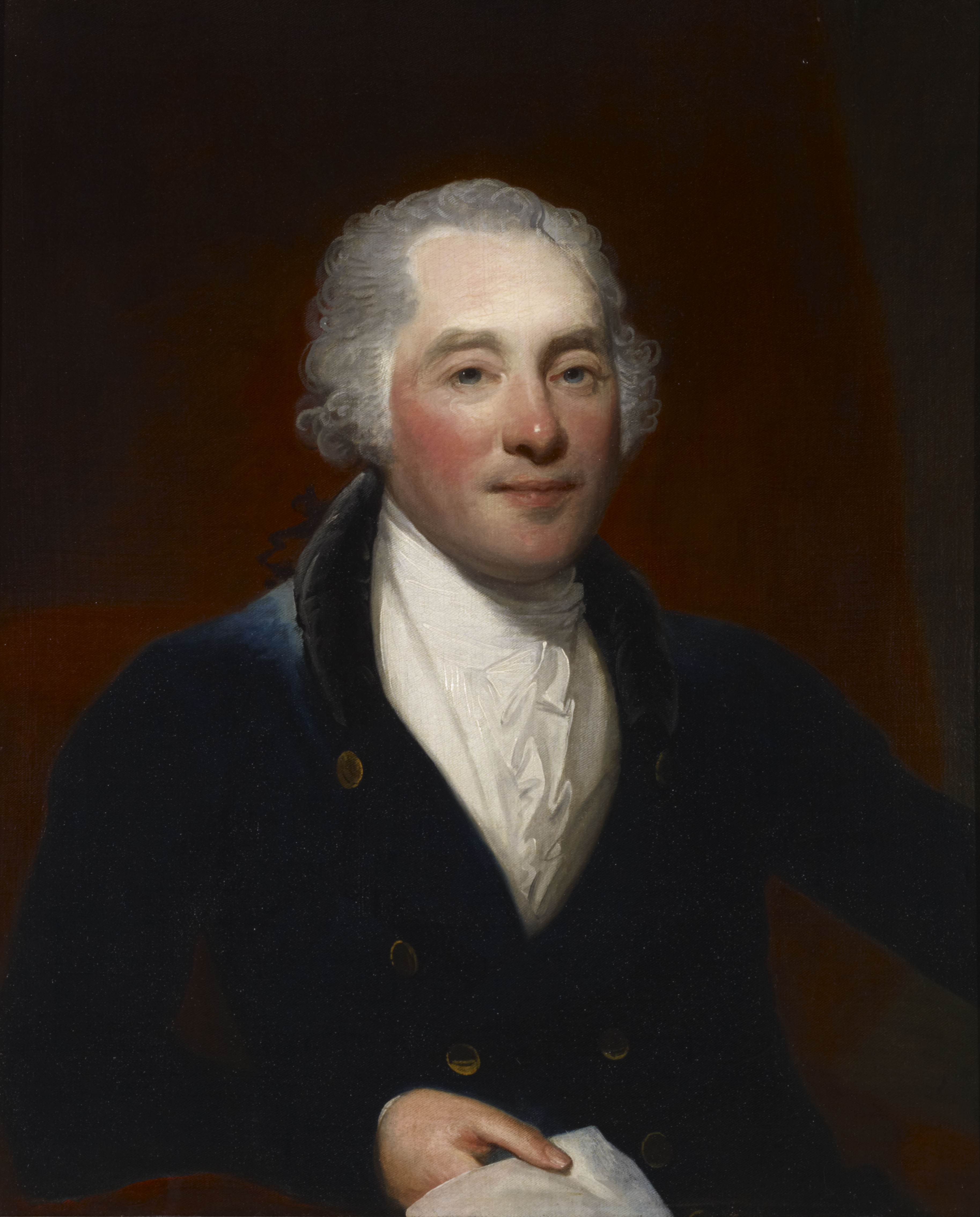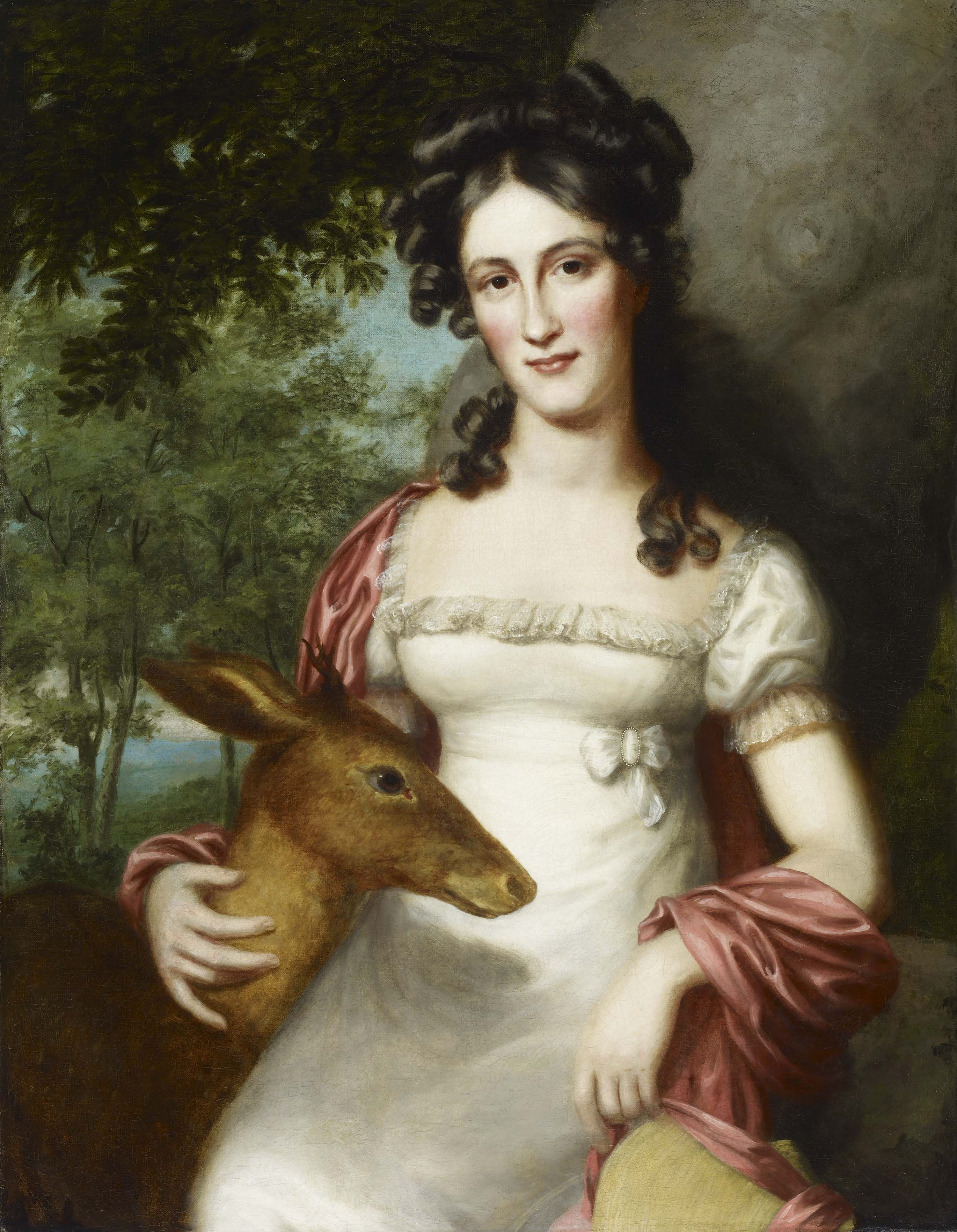Roman Fish Market. Arch of Octavius

What is the impact of global tourism?
Over time, ancient Rome’s Portico of Octavia (23 BCE) fell into ruin; by the 12th century, it had become a fish market. At the time Bierstadt traveled to Italy in 1857, Rome was defined largely by its historical significance. Yet it remained an important destination for wealthy tourists—such as the American couple carrying a red tourist guidebook here at center right—who made the Grand Tour of Europe to view the roots of western civilization.
